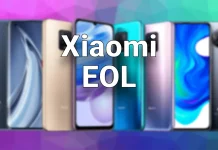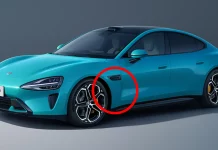The number might be associated with something else in this country, but the news is true, Qualcomm's new target, the successor to the Snapdragon 865, the 888, has been released.
It seems Qualcomm engineers got tired of the pattern following numbering they followed from 835 to 865 and introduced a little innovation in the naming. The Snapdragon 888 is the first Qualcomm chip to use 5 nm technology. Apart from the fact that this is very important from both a performance and efficiency point of view, it was also a quasi-mandatory step, as Apple's A14 chip, which is also used in the iPhone 12, was already built with this technology.
CPU
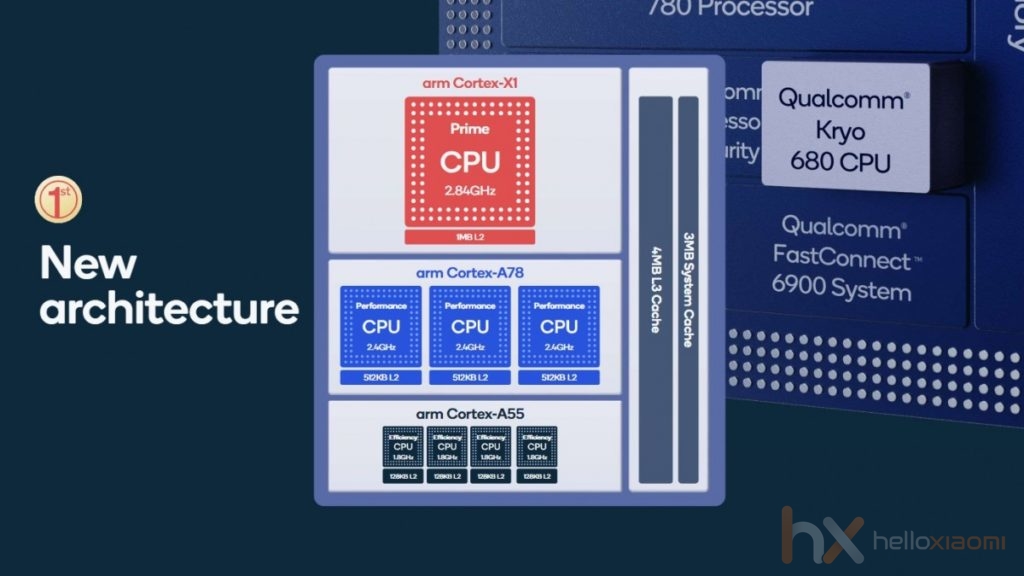
The processor is an 8-core Kryo 680. The first one is a Cortex-X1 based 2.84 GHz core with 1 MB L2 cache capacity. The next 3 cores are Cortex-A78 based. This is obviously the successor to the A77 found in the 865, but while last year the first main core was also based on it, this year "only" the next 3 are based on it. The last 4 cores are based on the familiar Cortex-A55, clocked at 1.8 GHz and with 256 KB of L2 cache. Thus, the CPU has a total of 4 MB L2 cache capacity.
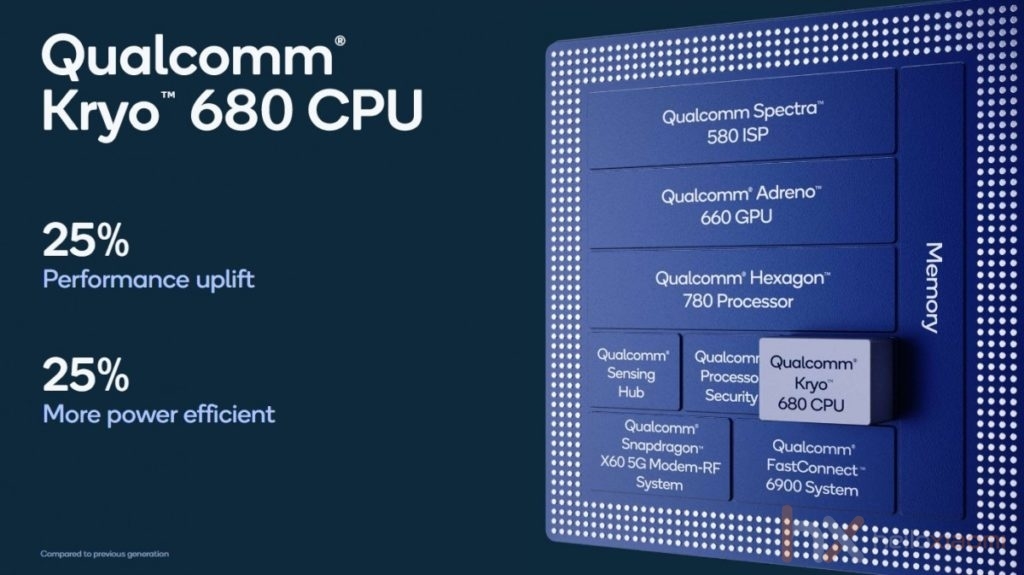
Overall, the 25% promises 25% more power and 25% better energy efficiency.
GPU
We are talking about an Adreno 660, which offers 35% faster rendering performance. The goal for games is to get the highest frame rate possible, I want to enable smooth gaming at 144 frames per second to deliver the best experience with the lowest possible latency. Not least, this can also play a role in better image quality, all with 20% more efficient power consumption.
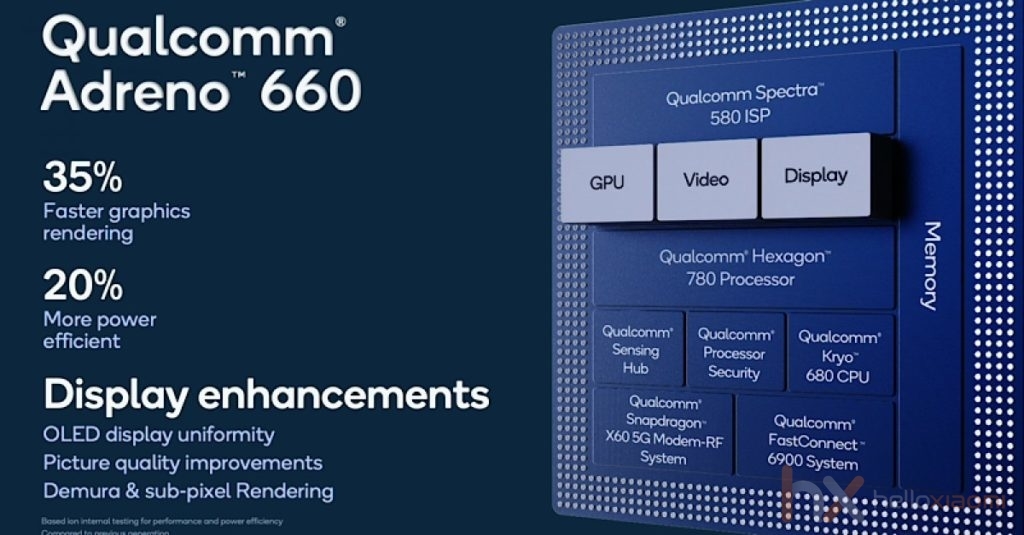
The GPU is equipped with VRS technology, which enables more efficient shading, increasing GPU performance by up to 30% while gaming and saving power.
The Game Quick Touch techonology allows for less latency during touches, so it works at up to 120 fps and can be used for games at 60 fps.
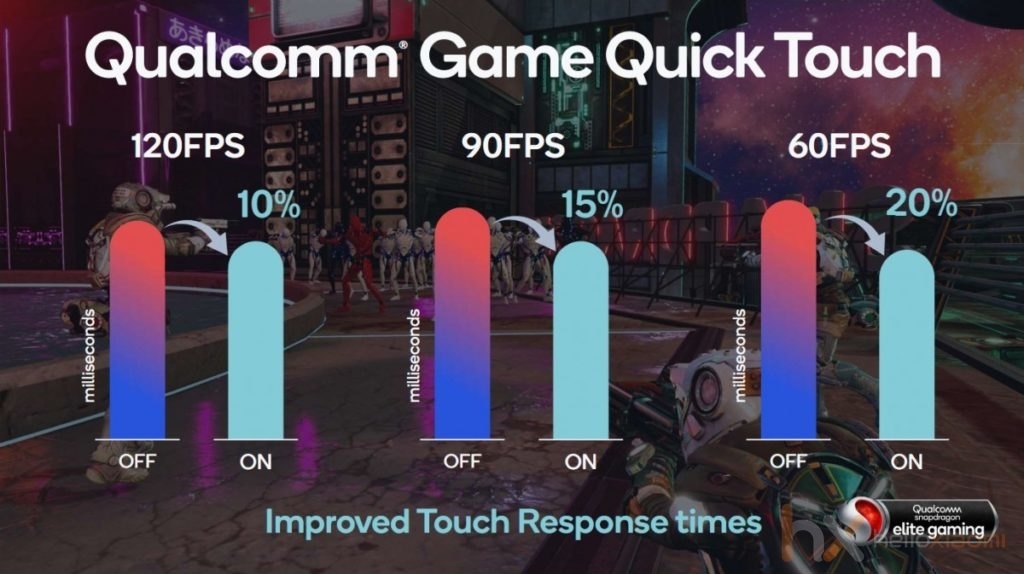
The Adreno 660 naturally supports 10-bit HDR display, and has a feature called Mura compensation, which improves the display quality of OLED displays by correcting for uneven calibration of adjacent pixels.
Camera
Snapdragon 888 is the first chip to support triple ISP. This means it can handle 3 separate camera processes simultaneously. For example, it can simultaneously take 3 28 MP images or 3 4K HDR videos. This can also improve the videos where the user switches between 3 sensors while recording, as each of the 3 sensors will now have a separate ISP chip. Although, by the time we get there there will be almost 6 cameras on the back of a phone, but we're basically talking about wide-, ultra-wide- and tele-optics here.

Thanks to the 3 ISPs, the chip is able to process short, medium and long exposures simultaneously, which can be important for HDR photos, and it is also capable of 10-bit HDR photos. HDR10 and Dolby Vision video were already included in the 865, but of course this has not changed.
The Snapdragon 888 can play 4K videos at up to 120 fps, or take 120 12-second images in 1 second for bursts.
Modem
The chip features a Snapdragon X60 5G modem that supports 7.5 Gbps download and 3 Gbps upload speeds. WiFi is powered by a FastConnect 6900, which of course can handle Wi-Fi 6. This allows speeds of up to 3.6 Gbps, which the manufacturer claims is the fastest in the mobile market. Thanks to the 6E standard, latency is also lower.

Bluetooth 5.2 with two antennas obviously supports aptX technology.
Security
The chip is compliant with the Content Authenticity Initiative standard, which allows you to encrypt your photos to prevent metadata (such as the date they were taken) from being altered.
Hypervisor
This technology allows multiple operating systems to run on the same hardware while being completely isolated from each other. It also means that different applications always run their own copies, so if one system is damaged for some reason, the other still remains intact.
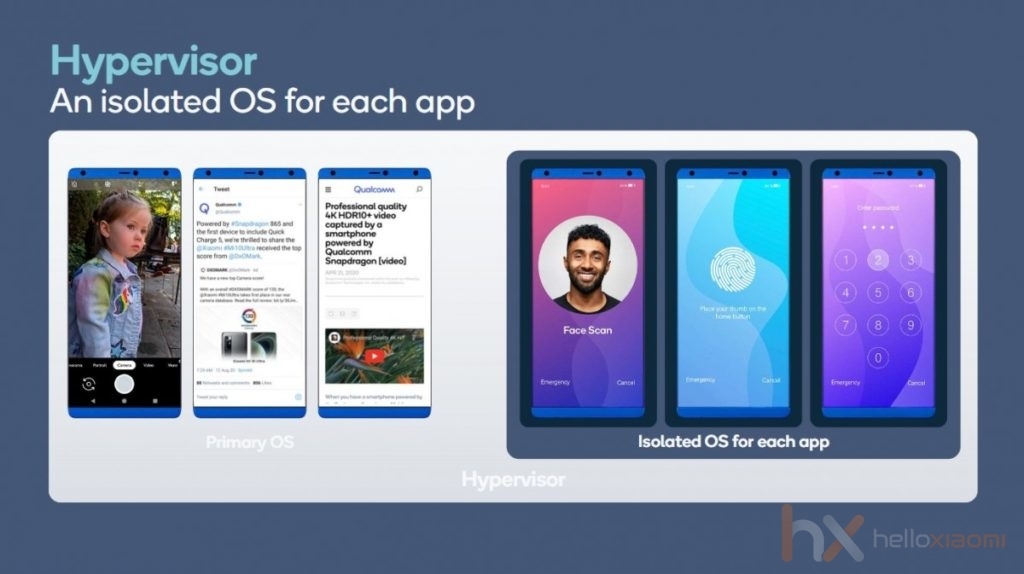
This will basically not be relevant on phones, but might be relevant for tablet PCs or ARM-based laptops (maybe something in response to the Apple M1, who knows...)
Loading
Quick Charge 5 support is a no-brainer, as it was already available on the Snapdragon 865-powered Mi 10 Ultra. It can handle up to 100W of fast charging while trying to generate as little heat as possible.
Publication date
The new chip will first be introduced in the first quarter of 2021. Xiaomi revealed that the new chip will debut first in the Mi 11. We're looking forward to it! (Price less so...)
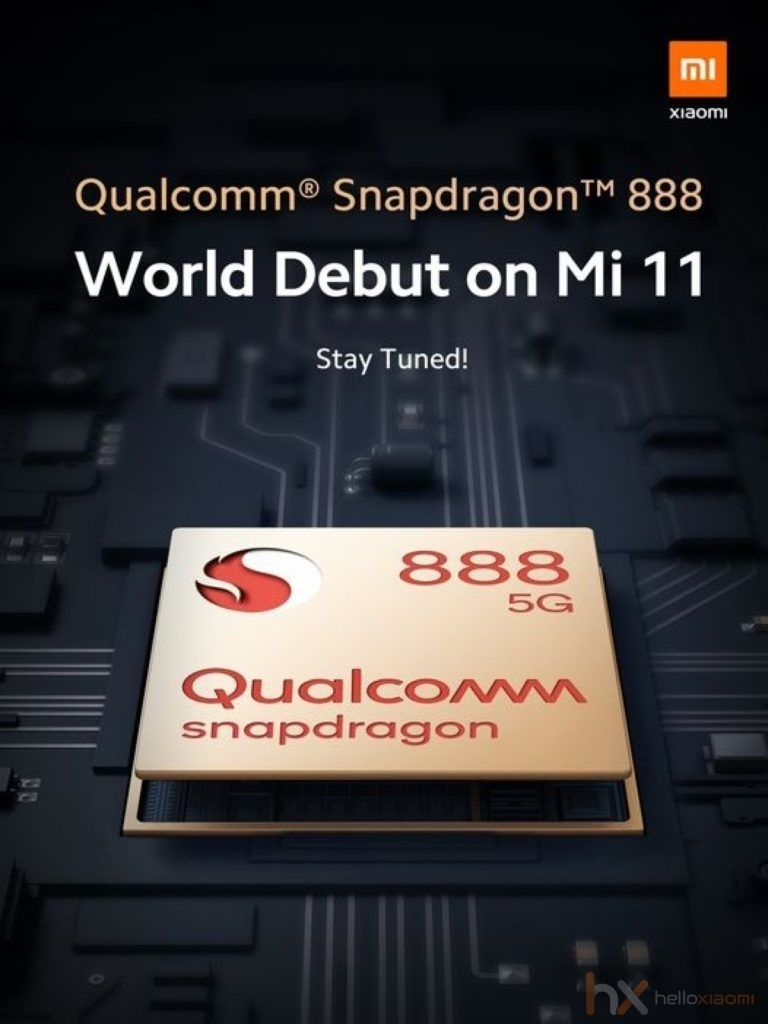


















![[150] HyperOS heti hibajelentés](https://helloxiaomi.hu/wp-content/uploads/2024/04/hyperosbugreportindex-218x150.webp)
